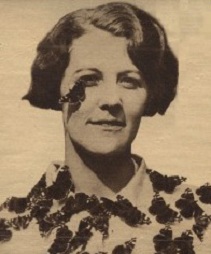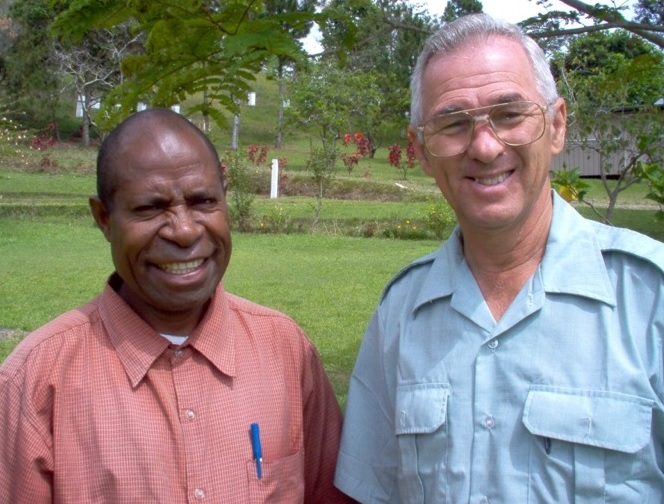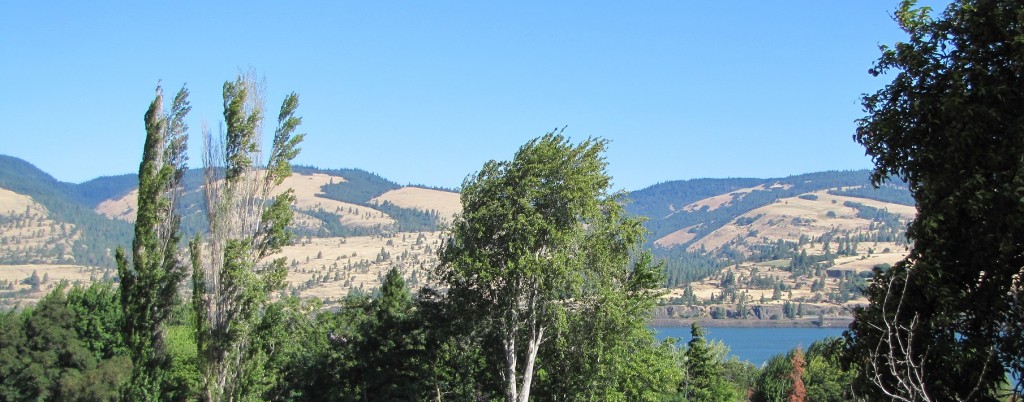Eyewitnesses of Possible Living Pterosaurs
By the nonfiction author Jonathan D. Whitcomb
Let’s examine types of sightings of potential pterosaurs and a small number of the more-important eyewitness encounters. The three types include:
- Flying light, with no discernible shape or features
- Glowing creature that flies (apparent bioluminescent winged animal)
- Apparent living pterosaur, with no glowing
The second type, for our investigation here, does not include probable-birds (or likely-owls).
Let’s also consider how eyewitnesses differ:
- A) Common Westerner
- B) College-educated Westerner
- C) Native of a non-Western country
The first category includes children and those adults who have not obtained a four-year degree at a college or university or anything close to that. Many eyewitnesses are in this group.
The second category of persons includes professors or at least those who have taught, at some time, at a college or university, but it’s not limited to professors. An attorney or medical doctor or psychologist would also fit. In other words, this type generally includes one who has received a significant amount of education and is from a Western country.
A native of Papua New Guinea or of Namibia may or may not have had much education, but the third category is generally for non-Westerners (or those in non-industrialized countries) with limited or no formal education.
Please be aware that some of those who’ve reported seeing an apparent living pterosaur fit into the first category when they had the sighting but who graduated from a college or from a university (or may have done so) later, before reporting the sighting. These cases will be considered, should they come up in a related post.
Sighting by a British Biologist
Evelyn Cheesman (1882-1969), as an educated British biologist, explored on islands in the southwest Pacific early in the 20th century. Thanks to the British cryptozoology researcher Richard Muirhead, we know about how some of Cheesman’s observations relate to reports of possible living pterosaurs in Papua New Guinea.
Her book The Two Roads of Papua was published in 1934 and has details about her observation of strange flying lights, but she gave no date for her sighting. Ropen searchers and researchers generally believe that Cheesman observed a group of bioluminescent flying creatures that are related to the ropen of Umboi Island. They’re also likely related to the indava that has been reported and videotaped a number of miles south of the location of Cheesman’s sighting.

Lucy Evelyn Cheesman
Be aware that this British biologist appears to have never considered the possibility of either modern pterosaurs or large bioluminescent flying creatures not yet classified in Western science. She was convinced, however, that the lights that she observed were not from any human behavior (like natives walking around with flashlights). It remained, for this British entomologist, a mystery, perhaps until the end of her life. The sighting type is 1-B.
Sighting by Jacob Kepas in 2006
The native Baptist minister may have more education than most citizens of Papua New Guinea, but we’ll put him in the third eyewitness category, at least for the moment. The sighting type is 3-C.
With a local native, Kepas observed what he thought was a large winged creature sleeping in a cave or under an outcropping of rock. It was at a distance, however: across from the mountain where the two men had binoculars to the other mountain that had the apparent winged animal, so that leaves room for misinterpretation (sighting in 2006).
Do not confuse this sighting with the one that Kepas had when we was a boy (see below: Boy Jacob Kepas).
Pastor Jacob Kepas (left) and American Baptist missionary James Blume
The sighting in 2006 connect with Cheeman’s in this way: The place where Jacob Kepas and another native saw what they thought was a large winged creature—that area is close to the following:
- Where villagers report seeing the glowing indava flying creature
- Where the American Paul Nation videotaped two flying lights in 2006
And all of those places are just south of where Cheesman made her flying-lights observations decades earlier. Taking all that together does not scientifically prove that they are all directly connected, but the reasonable possibility is obvious.
Some Other Potentially Related Sightings
- Steven Cottingham – flying-light sighting (Umboi, 1972) – type 1-B
- Michael – old man living in Opai Village (Umboi, 1949) – ” 1-C
- David Woetzel – American explorer (Umboi, 2004) – 1-B
- *James Blume – American missionary (north of Umboi, 1996) – 1-B
- Paul Nation – videotaped two lights (mainland of PNG, 2006) – 1-B
- *Carl Baugh – American – same sighting as James Blume (above) – 1-B
- Boy Jacob Kepas (near Wau, Papua New Guinea) 2-C
- Jonah Jim – native eyewitness of a ropen (Umboi, 2001) – 2-C
- Jonathan Ragu – native – sighting on the NW coast (Umboi, 2004) – 2-C
- Gideon Koro – native – daylight sighting at a crater lake (Umboi, 1994) 3-C
- Woman & her daughter – Caribbean cruise (between Cuba & Haiti, ~2010) – 2-A or 2-B
- Husband & wife – on cruise ship (between Tortola & St Martin, 2012) 2-A or 2-B
- Peter Beach & Milt Marcy (Yakima River, Washington state) both 1-B
- Man driving to work (exactly same place as Beach-Marcy above) 3-A or 3-B
- Lady & son (England, near border with Wales, 2017) both probably 3-A
- Wife & husband (Hertfordshire, England, March of 2017) 3-A
- Ten-year-old girl (England, about 1987) 2-A
- Man at a music concert saw a long-tailed flying creature (Spain, 2007) 3-B
The above are only a small portion of the sighting reports that I have received over the past 13 years, but it makes a point that different types of sightings happen in the same general areas.
###
.
Nightmare in the dead of winter
.
Expedition for living pterosaurs
Since about the year 2004, it seems that a few extreme skeptics have searched for anything that might bring living-pterosaur researchers into a bad light. This post, “Evidences Jonathan Whitcomb was in Papua New Guinea in 2004,” was written in case any future skeptic chooses to dispute the reality of the ropen expedition led by Whitcomb and Paina.
.
Whitcomb searches for a glowing pterosaur in Papua New Guinea
.
Living pterosaurs in the United States
I’m not a professor of paleontology. To be brief, I was a forensic videographer in 2003, when I began investigating these eyewitness accounts of “prehistoric” flying creatures or “dragons.” I recognized, while viewing some amateur video footage, the credibility of natives who were interviewed on a tropical island in the southwest Pacific. Since 2003, I have spent well over 10,000 hours researching, interviewing, exploring, and writing—all within this narrow field of cryptozoology.
.
Is the ropen a living pterosaur?
In five expeditions, from 1994 through 2004, several Americans have explored *Umboi Island in search of the nocturnal ropen.
.
Mr. Kouke was living on the isand of Oahu, Hawaii, when he was twelve years old. . . . he saw the creature flying about a hundred feet high, at mid-morning. . . . “[I was] not believing what I was seeing” when he first saw the flying creature. He estimated the wingspan at 24-30 feet. At first he wondered if it might be a man-made object, but the gliding changed into slow flapping . . .
.
Youtube video of an American World War II veteran who saw a huge “pterodactyl” in New Guinea in 1944. Duane Hodgkinson was interviewed by the cryptozoologist Garth Guessman in 2005. The video footage was edited and published onto Youtube by Jonathan Whitcomb.
.
Bioluminescence of modern pterosaurs
- Ropen of Papua New Guinea
- Marfa Lights in Texas
- Fire-breathing dragons
- Fiery flying serpent of the Bible
.

